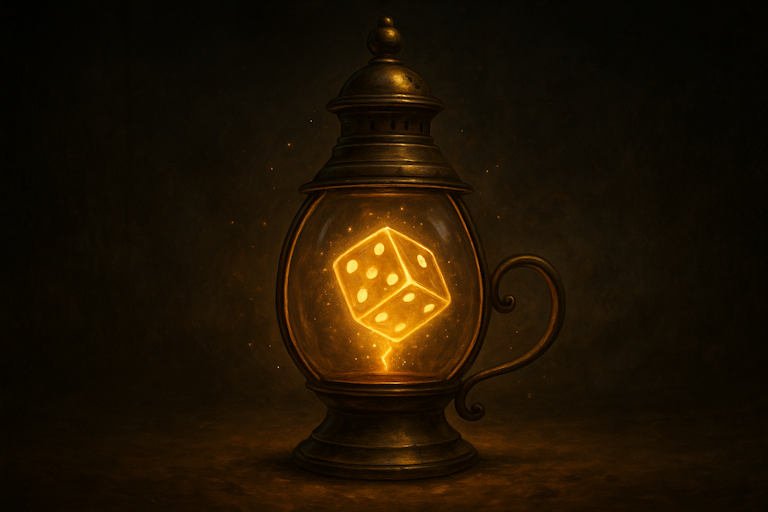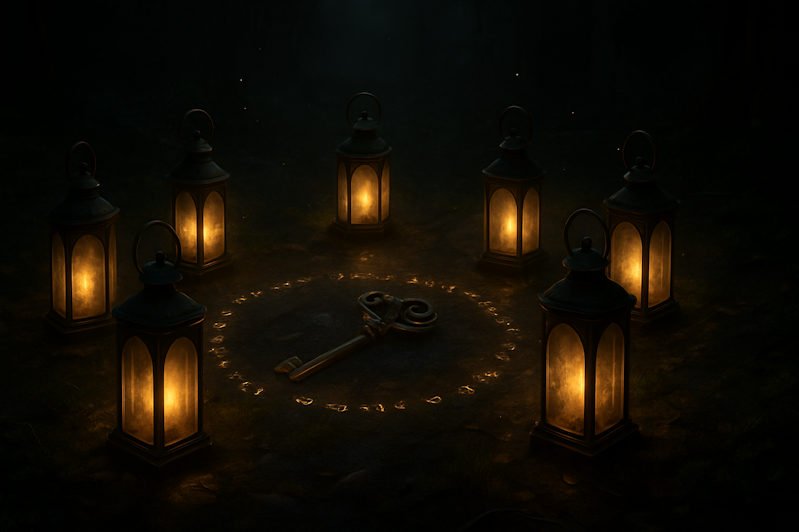
The surprising power of minimalist games: when less becomes unforgettable (2025)
Games often tempt us with spectacle — sprawling boards, complex mechanics, dazzling graphics. But sometimes, what lingers longest are not the epics, but the quiet experiences built on restraint. Minimalist games thrive on simplicity, stripping away the unnecessary so that every detail matters.
This approach does not make them shallow. Instead, it sharpens focus. With fewer distractions, players lean into imagination, filling the spaces that rules and visuals deliberately leave open. The absence becomes part of the design, guiding attention and emotion more effectively than a flood of features ever could.
In this article, we explore why minimalist games hold such surprising power. From the psychology that explains their pull, to the design techniques that make them work, and the risks of going too far, we’ll see how simplicity creates depth. Along the way, we’ll discover why, in play as in life, less is often not only more — but unforgettable.
The psychology behind minimalist games
Minimalist games succeed because they align with how the human mind processes information. Our brains have limited bandwidth. When a game overloads us with rules, visuals, or mechanics, cognitive fatigue sets in and immersion weakens. By contrast, minimalism reduces noise and directs attention to what really matters.
Psychologists call this the principle of cognitive load: the more clutter we face, the harder it is to focus on meaning. Minimalist games reduce load, letting players use their energy on imagination and decision-making instead of parsing endless instructions. This focus sharpens engagement and allows immersion to feel deeper, not thinner.
Silence and absence also play a role. When a game leaves space, the mind fills it. Gaps spark curiosity, and curiosity drives emotional involvement. This is why even small details — a symbol, a sound, a single choice — feel powerful in minimal contexts. The brain interprets them as significant because they are not drowned in noise.
Flow theory explains another part of the appeal. Games that balance simplicity with challenge create states of deep concentration. Minimalist games often reach this balance faster, as the mechanics are transparent but still meaningful. The player can enter flow without the friction of long tutorials or excessive complexity.
At their best, minimalist designs act like mirrors. They do not show everything, but what they reveal feels heightened. By deliberately withholding excess, they make every interaction count — proof that immersion is not a matter of quantity, but of precision.
Reveal the Firefly Inn
Behind its lantern light, stories come alive.
Cross the threshold, and let the inn show you what waits beyond.

Key techniques in minimalist game design
The strength of minimalist games lies not in what they add, but in what they remove. Stripping away clutter reveals the core of play, allowing immersion to rest on clarity and focus. Designers who embrace minimalism use deliberate techniques to make simplicity resonate.
One technique is constraint in rules. By limiting mechanics to a handful of elegant actions, designers ensure that every decision feels weighty. When there are only a few choices, each one carries more consequence. This makes the player’s role more engaging, not less.
Visual reduction is another pillar. Clean lines, simple shapes, and restrained color palettes shift focus from spectacle to meaning. Absence becomes part of the aesthetic. Instead of overwhelming players with detail, minimalist visuals invite them to project their own imagination onto the scene.
Sound follows the same logic. Sparse audio design — a single note, a subtle echo, a pause — can shape atmosphere more effectively than a constant soundtrack. In minimalist games, silence is often as important as sound, framing every moment as intentional.
Minimalism also thrives on symbolic depth. A single image, object, or gesture can stand for an entire narrative thread. When done well, these symbols ignite recognition and allow players to read layers of meaning without explanation.
Finally, precision in pacing is crucial. Without dozens of distractions, flow depends on rhythm. A pause at the right moment, a quick decision point, or a sudden reveal ensures the world feels alive. This balance transforms simplicity into intensity.
These techniques show that minimalist games are not about cutting corners, but about sharpening design. By reducing what is unnecessary, they amplify what remains — proving that simplicity can be as immersive as complexity.
Reveal the Firefly Inn
Behind its lantern light, stories come alive.
Cross the threshold, and let the inn show you what waits beyond.

Quick tips for creating powerful minimalist games
Designing with less is not about leaving things out at random — it’s about choosing what to highlight. These quick tips show how minimalist games can achieve surprising depth through restraint:
- Focus on essentials. Strip the game down to its core mechanic or theme, then make every interaction reinforce it. Coherence makes immersion stronger.
- Use contrast. A single sound, light, or movement feels more powerful when framed by silence or stillness. Contrast turns absence into meaning.
- Limit choices, amplify weight. Fewer options make each decision more significant, encouraging players to think and feel more deeply about what they do.
- Employ symbolic design. One image, object, or gesture can suggest entire narratives. Symbols engage the subconscious, letting stories emerge without exposition.
- Design for flow. Keep mechanics simple but meaningful, balancing clarity with challenge so players can enter deep concentration quickly.
- Let imagination do the work. Leave deliberate gaps in visuals or narrative. Curiosity pulls players forward and makes them co-creators of the experience.
These approaches prove that minimalist games are not shallow. By reducing clutter and amplifying meaning, they turn simplicity into a tool for immersion. What’s left is lean, intentional, and unforgettable.

It is not the many voices that reveal truth,
but the quiet one that remains when
all else is stripped away.
Silence, Shadows, and the Stories Between
Minimalist games thrive not only on what is present, but on what is deliberately absent. Silence, empty space, and restrained design choices allow players to project their own meanings into the gaps. This interplay between presence and absence is where minimalism transforms into deep immersion.
When a room falls quiet, even the smallest sound—a creak of wood, the flicker of a candle—feels magnified. The same is true in minimalist game design: a single object, symbol, or choice carries far more weight because nothing distracts from it. This simplicity invites the imagination to step in, turning the player into an active co-creator of the experience.
Minimalism also creates rhythm. Alternating between tension and release, presence and absence, ensures the game feels alive. Too much noise leads to fatigue, too little presence to emptiness. The careful balance is what transforms a stripped-down form into a stage for story.
Handled with care, minimalist game design teaches us that less truly can mean more. It’s not about scarcity—it’s about trust: trusting the silence, trusting the player, and trusting the story to rise in the spaces between.
Conclusion – The lasting power of minimalist games
Minimalist games show us that immersion does not depend on spectacle, but on intention. By stripping away clutter and focusing only on what matters, they create experiences where silence, space, and detail speak louder than excess. Every choice, every symbol, and every pause gains weight because it stands alone.
This simplicity does not make the play shallow. Instead, it sharpens presence. Players lean forward, fill the gaps with imagination, and experience a form of co-creation. A flickering light, a single note of sound, or a quiet decision can resonate far more deeply than layers of constant input. In this way, minimalist design becomes a stage where meaning is heightened rather than reduced.
Of course, there are risks. Too little content can feel empty, too much reduction can turn elegance into absence. Yet handled with care, minimalist games prove that restraint is not weakness, but strength. By balancing clarity with rhythm, and precision with symbolism, they transform less into more.
Ultimately, minimalist play reminds us that depth is not measured in quantity but in resonance. What remains after the excess is stripped away is not less—it is essential. And that essential core is what makes these games unforgettable.
Reveal the Firefly Inn
Behind its lantern light, stories come alive.
Cross the threshold, and let the inn show you what waits beyond.





